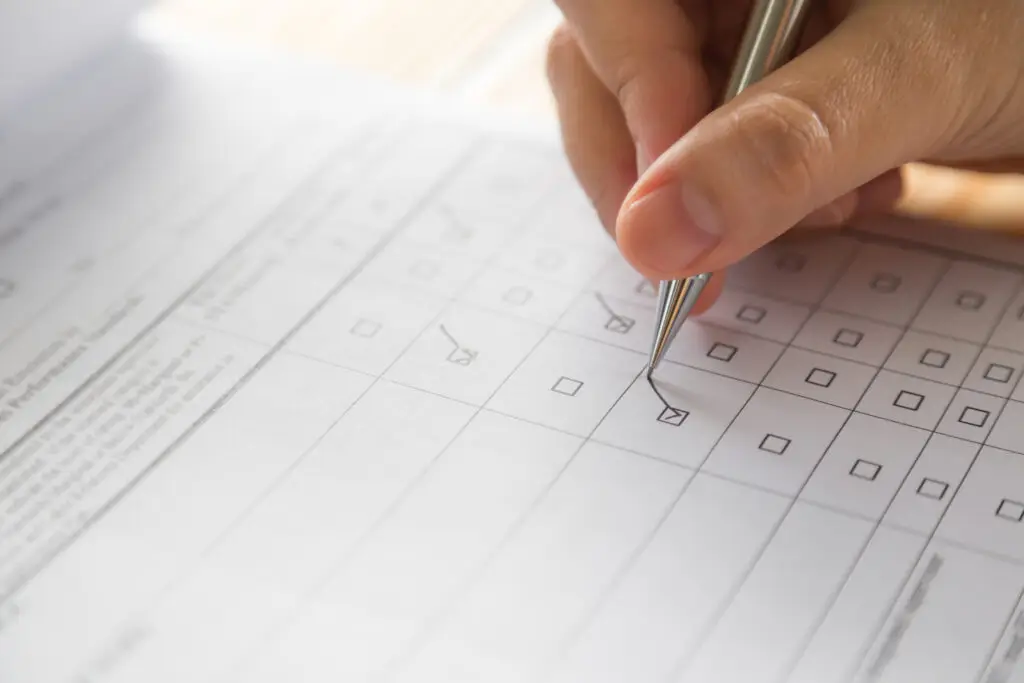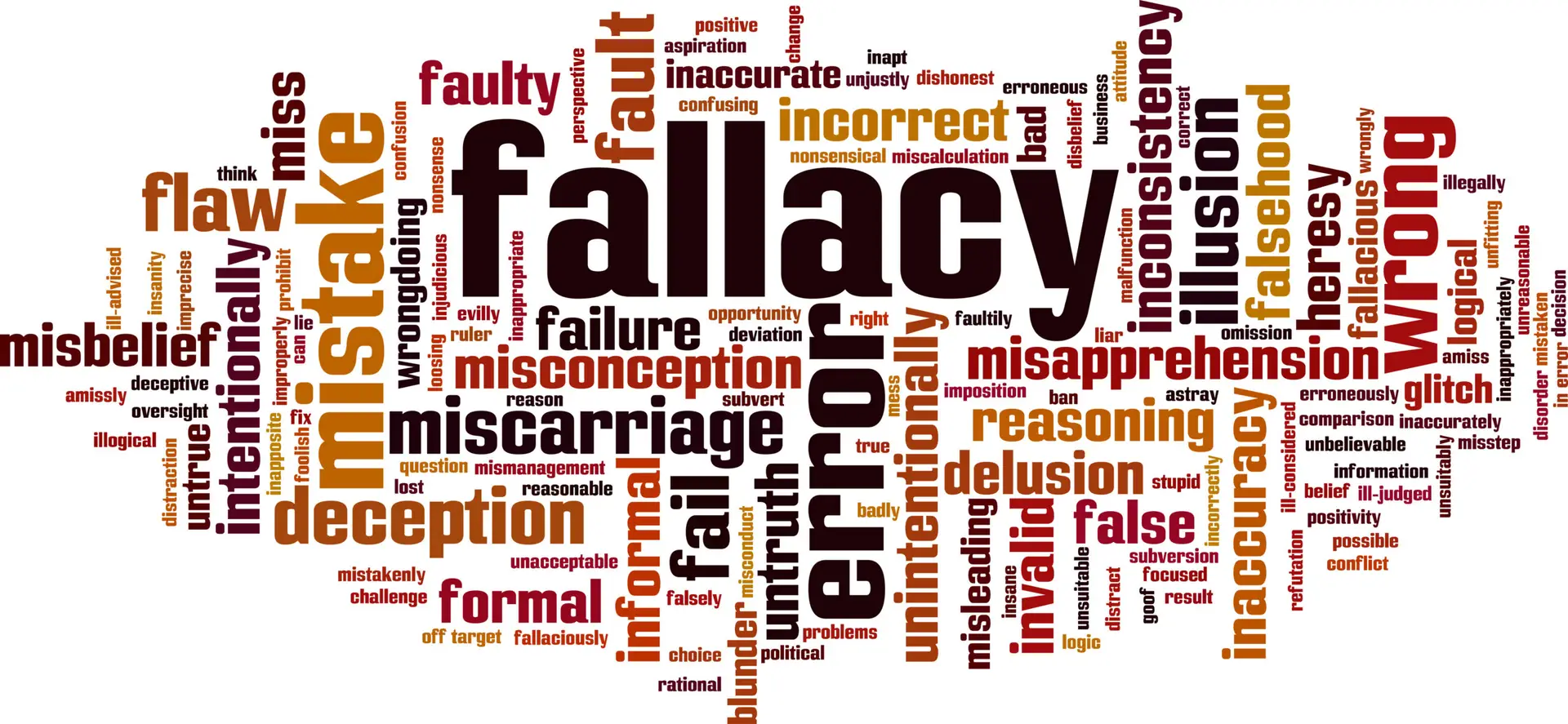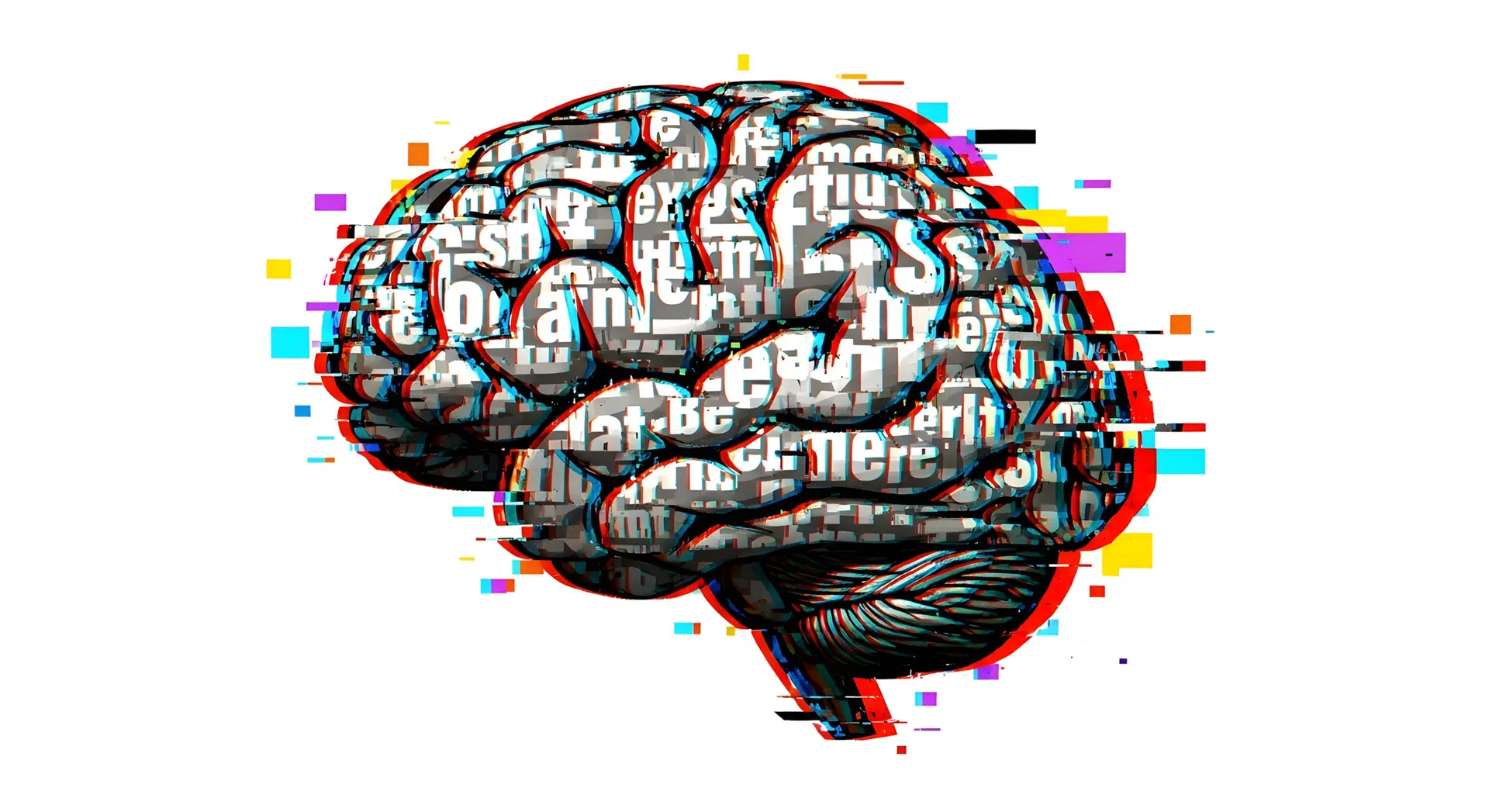Symptoms of PTSD and Complex PTSD
The International Trauma Questionnaire focuses on defining whether a person has Post Traumatic Stress Disorder which consists of:
- Re-experiencing in the here and now
- Avoidance
- Sense of current threat
or Complex Post Traumatic Stress Disorder which also includes:
- Affective dysregulation
- Negative self-concept
- Disturbances in relationships
Diagnostic Algorithms
PTSD. A diagnosis of PTSD requires the endorsement of one of two symptoms from the symptom clusters of
Complex PTSD. A diagnosis of C-PTSD requires the endorsement of one of two symptoms from each of the three PTSD
symptoms clusters (re-experiencing in the here and now, avoidance, and sense of current threat) and one of two symptoms from each of the three Disturbances in Self-Organization (DSO) clusters:
Scoring instructions are available at the end of this document.
International Trauma Questionnaire


Diagnostic Scoring
PTSD
For Questions P1 and P2: a sum greater or equal to 2 must be scored to meet the criteria for Re-experiencing in the here and now.
For Questions P3 and P4: a sum greater or equal to 2 must be scored to meet the criteria for Avoidance
For Questions P5 and P6: a sum greater or equal to 2 must be scored to meet the criteria for Sense of Current Threat
AND
At least one of the questions P7, P8 or P9 at the sum of greater than or equal to 2 meets the criteria for PTSD functional impairment (PTSDFI)
Complex PTSD
For Questions C1 and C2: a sum greater or equal to 2 must be scored to meet the criteria for Affective Dysregulation
For Questions C3 and C4: a sum greater or equal to 2 must be scored to meet the criteria for Negative Self-Concept
For Questions C5 and C6: a sum greater or equal to 2 must be scored to meet the criteria for Disturbances in Relationships
AND
At least one of the questions C7, C8 or C9 at the sum of greater than or equal to 2 meets the criteria for Disturbances in Self-Organisation functional impairment
PTSD is diagnosed if the criteria for PTSD are met but NOT for Disturbances in Self-Organisation.
CPTSD is diagnosed if the criteria for PTSD are met AND criteria for Disturbances in Self-Organisation are met.
Not meeting the criteria for PTSD or meeting only the criteria for Disturbances in Self-Organisation results in no diagnosis.








This Post Has 3 Comments
What if the answer is to all the questions are extremely for a person what would their diagnosis be?
Hi Anon,
The diagnosis for someone who answers ‘extremely’ to all the questions would be that they have Complex PTSD.
But, how do I get help